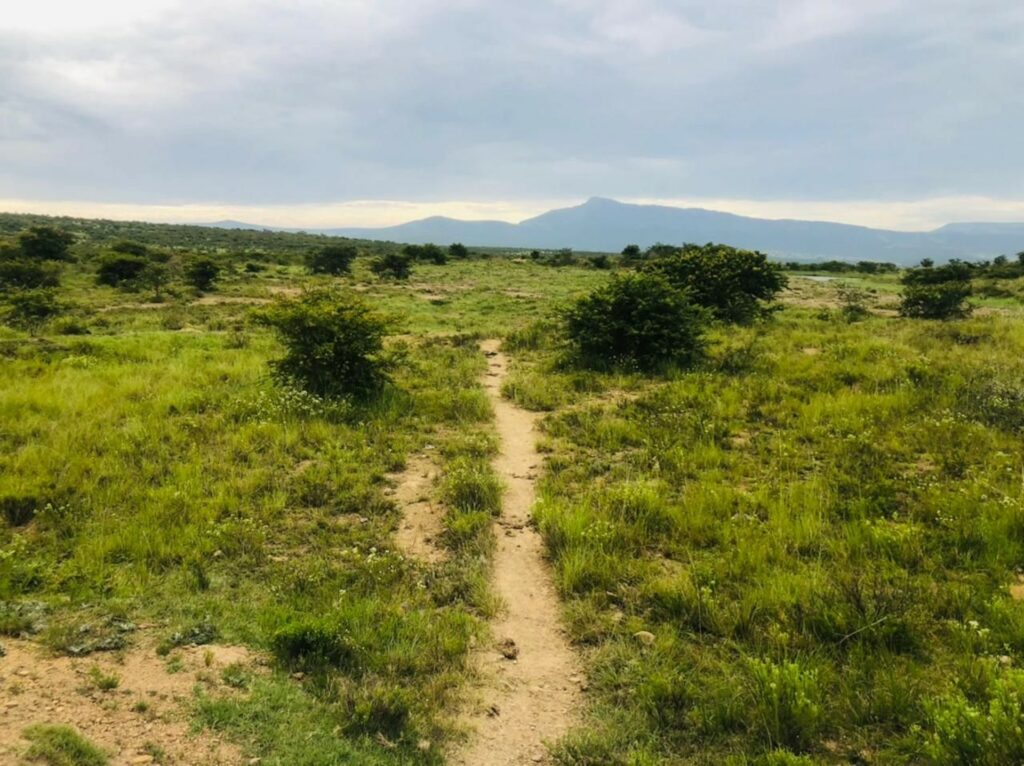The Tayhume River, which flows from the forested Amashole Mountains in South Africa's Eastern Cape province, gives its name to a valley of 20 villages on common land. As crop production has declined over the years, much of the land is used to raise livestock. This land is under the control of traditional leaders.
This valley is typical of South Africa's communal lands and is affected by soil erosion, shrub encroachment and water scarcity.
advertisement
Continue reading below
Approximately one-third of South Africa's population (more than 17 million people) lives on communal land, which accounts for approximately 13% of the country's total land area. The Common Land Ownership Bill 2017 defines common land as “anything owned, occupied or used by members of a community that is subject to common rules or norms and customs”. It can also be owned by the state.
This land can benefit rural communities by providing ecosystem goods and services such as shelter, water, firewood, food, and cultural amenities. However, land can change due to natural processes and human activities.
Unmonitored and poorly managed land changes can lead to soil erosion, overgrazing, biodiversity loss and water scarcity. In South Africa, common land is considered to be more degraded than private land. This can negatively impact the livelihoods of those who derive ecosystem services from it.
Common indicators and causes of land degradation are generally understood. However, little is known about how people living in commons interpret land change and its impacts. It is unclear what they perceive as land degradation or what types of land change are most important to them. This helps explain the lack of sound policies and practical strategies to restore land.
A team of geographic information scientists from the South African Agricultural Research Council and the University of the Free State conducted a study to map land use and land cover changes in the Tayhume Valley over a 30-year period.
To understand the extent, causes, and impacts of commons change, we analyzed a series of historical satellite images from 1989 to 2019 and conducted interviews with local residents. Instead of interviewing experts and leaders, this study measured the most common perceptions among community members.
To our knowledge, this study is one of the first in South Africa to combine satellite data with local perceptions. This provided a more complete picture of community land change and valuable insights into its impacts.
We have proposed several ways in which this land can be better managed to provide ecosystem services and livelihoods.
Satellite imagery and community awareness
Our study aimed to discover whether land use and land cover trends measured by satellites match trends perceived by communities. We also investigated the causes, rates, and impact of these trends.
Satellite images from 1989 to 2019 reveal an increase in sweetthorn trees (Vaqueria Carew) 25%, residential area (2.5%). It showed a decrease in pastureland (18%), agricultural land (9.6%), and dams (1.1%).
We enlisted the help of 102 long-time residents, most of them over 50, to ask them about the causes and effects of the observed changes.
Most respondents (more than 80%) noted the invasion of great thorn trees into pastures and abandoned croplands. They said contributing factors include reduced fuelwood yields due to increased dependence on electricity, abandonment of agricultural land (which provides habitat for sweet potatoes), and unrestricted movement of animals to disperse seeds. Many people thought this tree was beneficial because goats liked to eat it and it was a good fuel. Some feared the trees were encroaching on productive farmland and causing biodiversity loss. They said shortages and disappearances of medicinal and culturally important plants are increasing.
Most respondents mentioned reductions in grazing land, agricultural land, and surface water. As reasons for this, they cited lack of access control (sloppy management that allows bush encroachment), lack of farmer support and equipment, and low rainfall.
A new house was being built on the pasture. This was seen as a result of population growth and internal migration. Livestock farmers found this problematic because they had to travel long distances to buy feed or graze their cattle. Population growth also puts a strain on water resources.
advertisement
Continue reading below
Every village in the region had at least one communal dam that was dry. From 1989 to 2019, there were 14 years of below-average rainfall, and although there was a negative trend in rainfall, the trend was not statistically significant. Communities perceived that water resources were dwindling due to overuse and poor maintenance of dams. They said the government no longer removed local dams and the region had abandoned traditional practices such as maintaining surface waterways and homestead ponds.
They cited water scarcity as one of the main reasons why farmland was abandoned.
Most people said that common land was healthier and could provide more resources when areas were fenced and people had to obtain permission to use the land. Local residents cut down the fence to give the animals unrestricted grazing and access to water.
Overall, changes to the Tyhume Valley environment have not been positive. Respondents said a decline in agricultural activity had increased unemployment and consumption of unhealthy food.
Similar changes have been reported in many other commons.
better land management
Land can be better managed through intervention by village committees, tribal authorities, extension services, and by following spatial planning and land use guidelines.
Sweet thorns can be controlled by grazing more browsing animals. Research has proven that this plant has high nutritional value.
Communities need government support to resume water harvesting and regular dam de-silting. Other collaborative dam rehabilitation projects in the Eastern Cape have been successful with the dredging and strengthening of stock dams.
This study shows that combining satellite imagery and local awareness can provide valuable insights into the extent, causes, and impacts of land change in shared areas.![]()
Wonga Mashiza is a researcher at the Agricultural Research Council.
This article is republished from The Conversation under a Creative Commons license. Read the original article.

